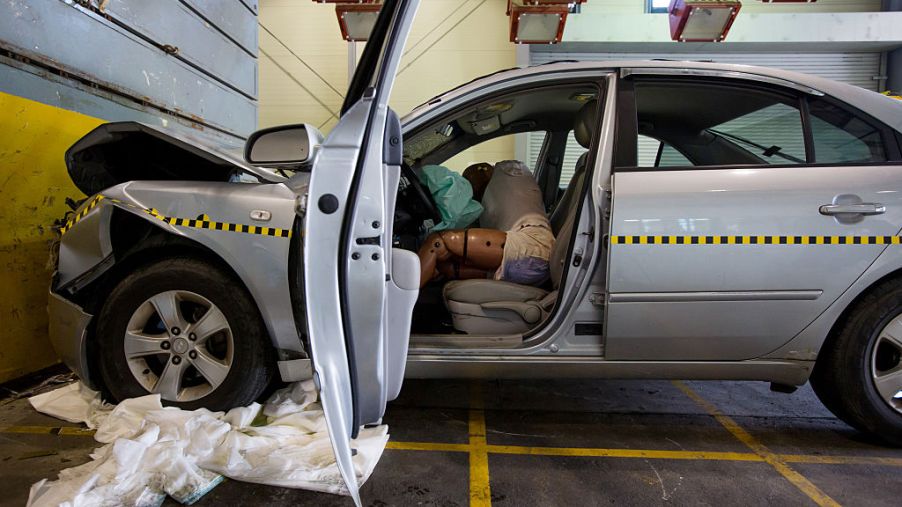
Are Pickup Trucks Safer Than Sedans?
If you’re ready to buy a new vehicle, safety is an important consideration. But is a sedan or truck safer? The answer may surprise you.
Safety was not a historical concern for trucks
At first glance, you may assume a pickup truck is safer than a sedan. Trucks sit high and look sturdy. However, safety hasn’t historically been a consideration for trucks, so they may not be as protected as they look.
Because trucks were traditionally sold for commercial purposes, purchasers were quite cost-conscious. As a result, automakers did not put extra effort into safety features. In fact, trucks weren’t required to comply with federal safety regulations until 1999.
- Prior to 1999: All pickups were exempt from federal safety regulations, meaning many lacked safety features like airbags and anti-lock brakes.
- Heavy-duty trucks: Even after 1999, heavy-duty trucks remain exempt from many federal safety regulations.
- Light pickups after 1999: These vehicles are subject to the same federal safety standards as passenger cars, which includes dual airbags and side-impact crash standards.
The good news is that if you buy a light pickup built after 1999, the truck will comply with federal safety regulations at a minimum.
Understanding crash-test safety ratings
One of the most trusted institutes for safety ratings is the Insurance Institute for Highway Safety (IIHS). They evaluate sedans and trucks on a variety of safety standards, including roof strength, head and seat restraints, front crash prevention, and how vehicles fair in front-end collisions and side collisions.
The bad news for trucks is that there are slim pickings in the IIHS annual top safety picks. In fact, only two large pickups qualify as a top safety pick: the 2019 Honda Ridgeline crew cab pickup and the 2019/2020 Ram 1500 crew cab pickup.
Vehicles qualifying as an IIHS top safety pick have generally secured “Good” (G) ratings in most categories with an occasional “Acceptable” (A). To qualify, a vehicle must:
- Earn a G rating in the driver-side small overlap front, moderate overlap front, side, roof strength, and head restraint tests
- Have a G or A rating in the passenger-side small overlap front test
- Secure an advanced or superior rating for front crash prevention
- Earn an A or G headlight rating
Unfortunately, not a single small pickup satisfied the above requirements. With a number of marginal and poor ratings, small pickups struggled consistently in the headlight and small overlap front passenger-side categories. Inferior passenger-side safety was confirmed by an IIHS report, which showed lagging passenger-side crash test results.
The less impressive results for passenger-side crash tests are likely in part because trucks are built using a body-on-frame design, where the passenger compartments are bolted on top of the truck’s rigid frame. This frame design makes the vehicle stronger and able to perform heavy-duty tasks. Passenger cars, on the other hand, have a unibody design.
The body-on-frame design makes trucks stronger and more rigid but does not collapse as easily in a frontal collision. The energy gets transferred back into the passenger compartment, creating an increased risk of passenger injuries.
Don’t write off trucks quite yet
While trucks hit some bumps in the road with respect to safety, it’s becoming a bigger focus for truck manufacturers. Advanced technologies and constructions allow them to continuously increase truck safety. The number of trucks securing positive crash-test ratings increase each year.
If you are deciding between a truck and sedan, first decide whether the unique benefits of a truck — like the ability to haul large loads — are worth the trade-off in safety. If a truck still makes sense, make sure you:
- Review safety ratings carefully and choose a truck that has scored well in important categories
- Consider adding on optional safety features
- Don’t correlate size with safety
No matter your choice, the safest thing you and your passengers can do is buckle up.


